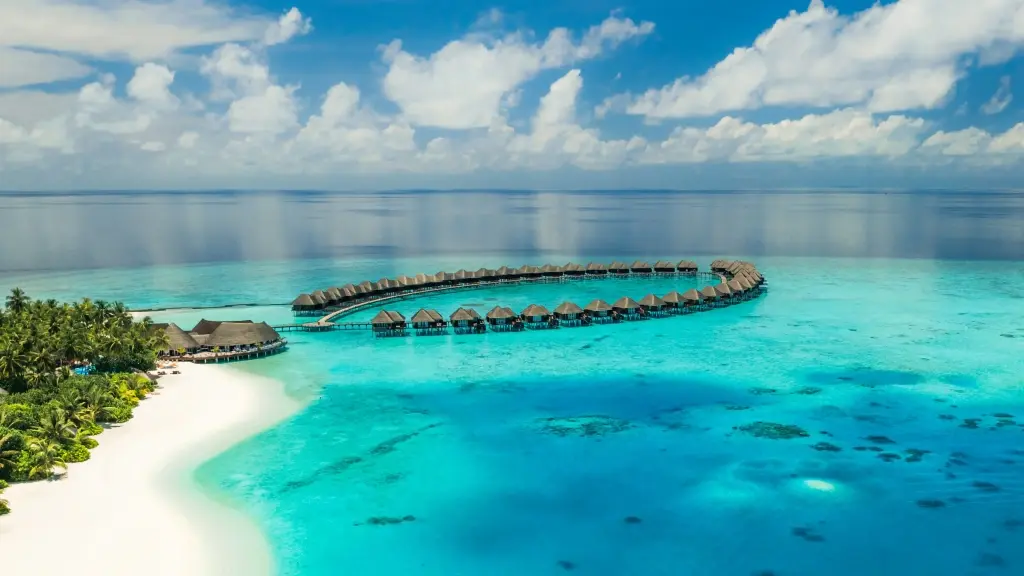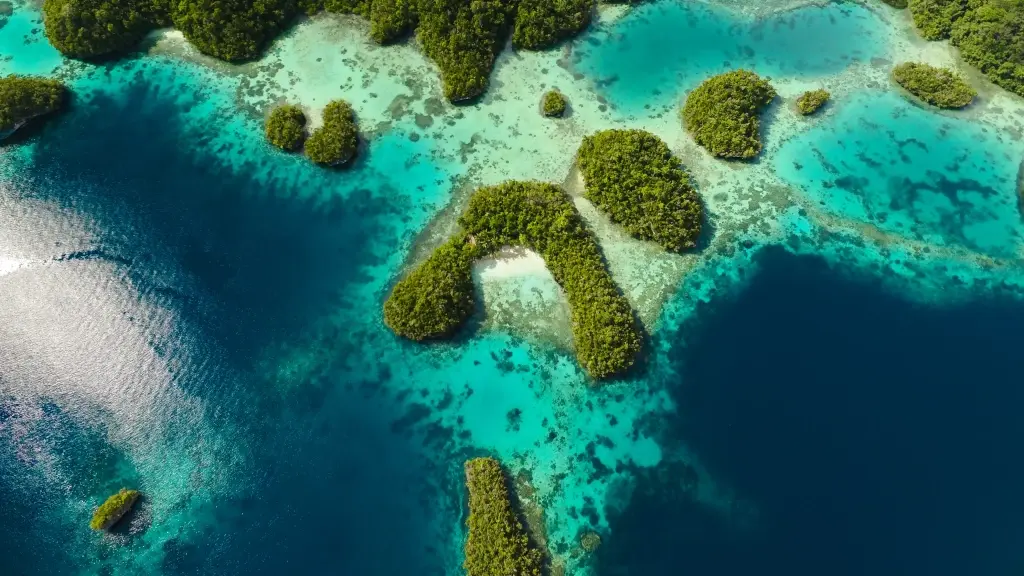Our top liveaboard diving destinations

Red Sea Liveaboards
World-class liveaboard diving awaits just a few hours flight away in this iconic destination. With stunning reefs, historic wrecks and thrilling marine life, Egypt’s Red Sea has it all.

Maldives Liveaboards
Diving in the Maldives is influenced by the seasons. Liveaboards take divers to the very best sites for the time of the year.

Indonesia Liveaboards
Explore world-class diving amongst 17,000 tropical islands on a liveaboard holiday like no other. Incredible encounters await on every dive in Indonesia.
All our liveaboard diving destinations

Bahamas Liveaboards
Playing host to some of the most exciting diving in the Caribbean, the 700 islands and cays of the Bahamas make for a wonderful…

Bikini Atoll Liveaboards
Join a liveaboard expedition diving the wrecks of Bikini Atoll. This is the destination for wreck and technical divers with US &…

Cocos Island Liveaboards
Dive with hammerhead sharks and other thrilling marine life on a Cocos Island liveaboard.

Galapagos Liveaboards
A Galapagos Island liveaboard represents one of the most extraordinary experiences available to experienced scuba divers

Indonesia Liveaboards
Explore world-class diving amongst 17,000 tropical islands on a liveaboard holiday like no other. Incredible encounters await on…

Maldives Liveaboards
Diving in the Maldives is influenced by the seasons. Liveaboards take divers to the very best sites for the time of the year.

Mexico Liveaboards
Head to Mexico’s Pacific coast for a world-class liveaboard experience at the Socorro Islands, the Sea of Cortez or Guadalupe.

Oman Liveaboards
With thriving reefs, nutrient-rich waters, wrecks and fascinating marine encounters, Oman offers excellent liveaboard diving for…

Palau Liveaboards
Consistently ranked as one of the world's most spectacular dive destinations, Palau is the ultimate paradise for the adventurous…

Philippines Liveaboards
A liveaboard diving holiday to the Philippines is a magical way to see special diving destination, with itineraries offering…

Red Sea Liveaboards
World-class liveaboard diving awaits just a few hours flight away in this iconic destination. With stunning reefs, historic…

Sudan Liveaboards
Home to pristine reefs, abundant marine life, thrilling shark encounters and world-class wreck-diving, a liveaboard diving…

Thailand Liveaboards
Cruise amongst beautiful tropical islands, dive with turtle and manta ray, and experience great camaraderie on a liveaboard…

Truk Lagoon (Chuuk Lagoon) Liveaboards
Chuuk Lagoon, known to divers worldwide as Truk Lagoon, is a unique dive destination, with quite simply, the finest wreck diving…
Find out more about our Diving Holiday Destinations
Find out more about our Resort Diving Destinations












